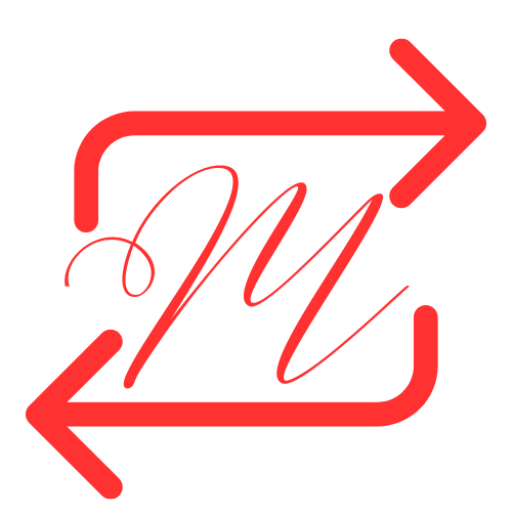Introduction:
The foundation of all computer processes is machine language, which makes it possible for the complex dance of electrical impulses to occur within a computer’s circuits. It is most easily represented as binary code and how computers carry commands. In this post, we’ll explore machine language and its binary encoding.
The Binary Alphabet:
Fundamentally, machine language is based on the binary system, a two-digit number system with only one digit: 1. These numbers, comparable to the numbers 0 through 9 in the decimal system, are the foundational language of computing. A bit is the name for each unique 0 or 1. (short for binary digit).
Bytes and Words:
More complex information is often represented by grouping bits, even though bits are the fundamental building blocks. A byte is a collection of eight bits. Characters such as letters or symbols are depicted in bytes. For instance, the byte 01000001 represents the letter “A” in the ASCII encoding scheme.
In certain systems, more sophisticated data types like integers, floating-point values, and memory locations are represented by bigger groups of bits, such as 16, 32, or 64. We call these groupings “words.”
Instruction Encoding:
A computer’s central processing unit (CPU) is in charge of carrying out commands. The machine language used to write these instructions is particular to the CPU’s architecture. The CPU decodes and carries out the binary code represented by each instruction.
For example, a straightforward instruction could be to add two numbers. A hypothetical CPU’s binary code would look like 0101 1000 1100 0010. This binary string maps to a particular CPU instruction set action.
Memory and Registers:
The CPU contains registers, which are internal storage areas. Temporary storage devices are used during processing. Data transfer between registers and memory; each record has a unique identification.
Contrarily, memory is a bigger, more durable storage space. An address is specific to a location in memory. These addresses support writing to and reading from data. Binary numbers represent memory addresses in many systems.
Assembly Language: The Human-Readable Bridge
Directly writing machine code can be quite time-consuming and error-prone. To mitigate this, assembly language was invented. By representing actions and memory addresses with mnemonics, it offers a more accessible representation of machine code for humans. For instance, writing ADD R1, R2 is far more obvious for a coder than writing 0101 1000 1100 0010.
Compilers and Interpreters:
Programming languages like C++, Python, and Java use compilers and interpreters to write code in a human-readable format. But before the computer can use it, the user must translate it into machine language. It is what an interpreter or compiler is for.
Before executing the code, a compiler converts it into machine language to create an independent executable file. In contrast, an interpreter translates and runs the code in real-time, line by line.
Conclusion:
Computers use machine language, expressed in binary code. It serves as a link between electrical signals that fuel calculations and instructions that humans understand. Anyone who wants to learn more about computers and programming must have a foundational understanding of machine language.

